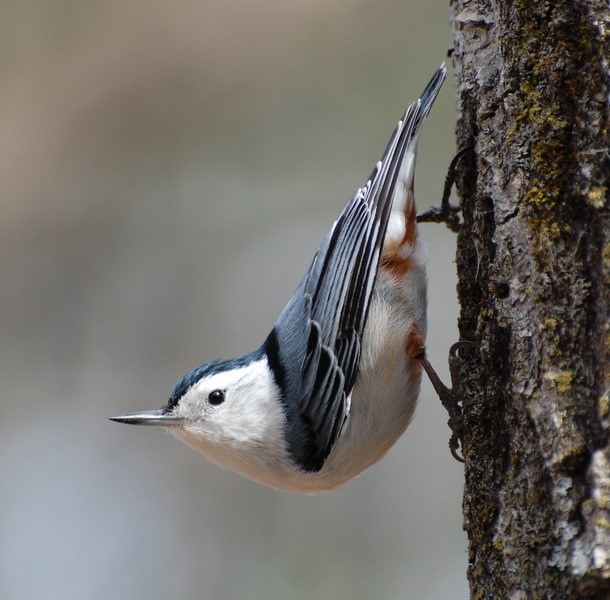When confronted with something eating your prized tomato plant, sometimes our first instinct is to pick up the bottle of pest spray. Oftentimes, we don't even realize that the plants we've purchased contain neonicotinoids, which are systemic (within) the plants' leaves, stems, flowers, nectar, and fruit. These 'neonics' are highly effective in killing pests, but they lack discrimination, and mounting evidence suggests they are contributing to the decline in pollinator numbers. An alternative is called IPM or Integrated Pest Management. The concept is to address pest infestations as they occur and manage pest damage on an as-needed basis, rather than chemically on a predetermined schedule.
Cultural practices may include:
- Is it a pest? Many of our most beautiful butterflies will use our garden or yard as a source of food, as well as caterpillars! If you can't identify the insect snacking on your plant, try contacting the Anoka County Extension Service for help with identification or go online. There are free apps that can help identify many insects, including iNaturalist, which can also help identify plants
- Regular compost additions to maintain a healthy population of soil organisms
- Crop rotation to avoid inadvertently helping pests thrive via monoculture
- Companion planting to attract beneficial insects while reducing the attraction of pests
- Using physical barriers like fine mesh netting and row covers to prevent pests from reaching crops
- Hand removing larger pests from plants when practical, Japanese beetles are a good example. Late afternoon is a good time to find these bugs and dispose of them in soapy water.
- Maintaining garden hygiene by removing diseased and end-of-season vegetation from the garden and disposing of it properly.
Biological and habitat controls include:
- Importing predators and parasitoids that prey on the pests of concern. Note that specific pests demand specific predators and predators need a food source to stay in the garden area. Generally, if you have managed your garden then the 'good' insects will naturally find their way to your garden and assist with pest control.
- Maintaining a chemical-free habitat that is welcoming to beneficials and pollinators
- Using resistant plant varieties means researching and selecting the best available hybrids that are resistant to likely pest challenges.
When nothing else works and damage levels warrant continued action, research the organic and manufactured chemical options for the specific pest in question. Insecticidal soaps are a good option for many sucking and chewing pests. Neem oil is similarly safe on food with no dangerous residues while killing or reducing pests, powdery mildew, and other fungal infestations. If all else fails and traditional pesticides are used, follow label directions carefully, use them minimally, and avoid spraying open flowers and applying them during the day when pollinator activity is highest.
The Harder Path is the Right Path
As is often the case, the more convenient approach — using neonicotinoids and other chemicals on a widespread basis in anticipation of pest problems — is seductive but ultimately harmful in the long term. Damage to pollinators, faster evolution of resistant pests and replacement of natural processes with chemicals are all costs that eventually have to be faced. The IPM approach requires more work and acceptance of a certain amount of pest damage. We must reduce and manage the use of neonicotinoids and other agricultural chemicals, as their long-term impact will be far more harmful than beneficial. Do it for the bees. Do it for the butterflies. Do it for the birds. Do it for you.
An excellent resource for more information is the University of Michigan's website: https://ncipmhort.cfans.umn.edu/ipm-bmp-cultural-control/vegetable-garden-best-management-practices-pollinators.



